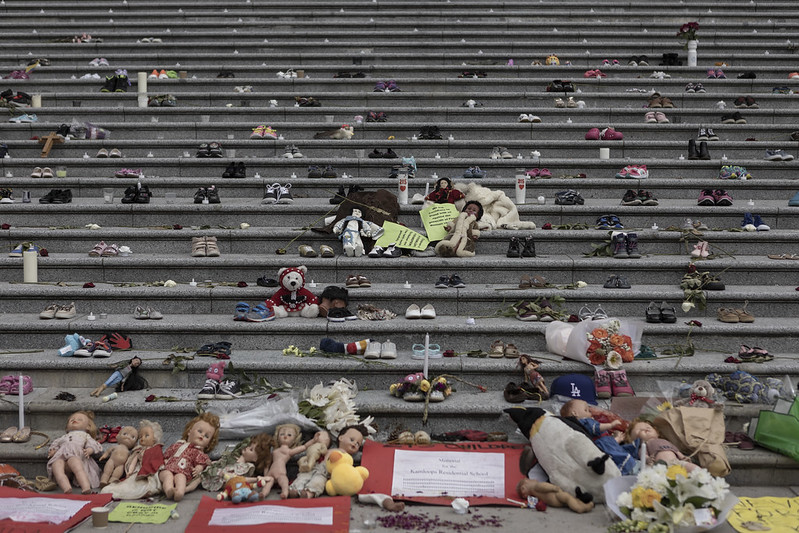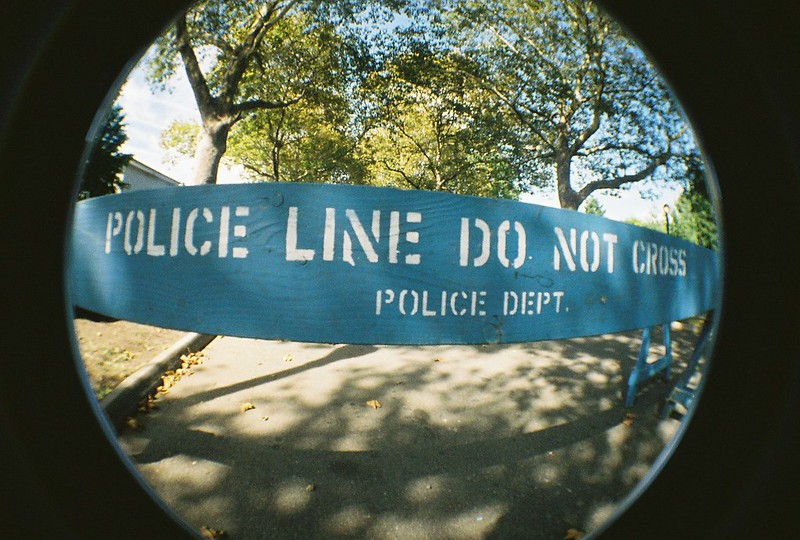Today the Sidney Hillman Foundation announced the winners of the 71st annual Hillman Prizes, recognizing outstanding investigative journalism that exposes abusive palm oil plantations, police brutality, the long-term detention of immigrant children, and our government’s negligent pandemic response. The winners also provided lucid analysis of politics and culture and a fresh accounting of the economic and political history of this country.
The Sidney Hillman Foundation will host an online virtual celebration on Tuesday May 4 at 7pm ET/4pm PT [#Hillman21]. The award ceremony will feature presentations and conversations with our winners and judges and is free and open to the public.
The winners of the 2021 Hillman Prizes are:
Books
Zachary D. Carter: The Price of Peace: Money, Democracy, and the Life of John Maynard Keynes, Random House
and
Rick Perlstein Reaganland: America’s Right Turn (1976-1980), Simon & Schuster
Newspaper
Margie Mason and Robin McDowell, Fruits of Labor, Associated Press: For exposing the rampant exploitation of workers on the vast palm oil plantations of Southeast Asia
Magazine
David Dayen “Unsanitized,” The American Prospect: For his daily report of news and analysis about the coronavirus pandemic
Web
Aura Bogado and Melissa Lewis, The Disappeared, Reveal from the Center for Investigative Reporting:For their deep dive into the story of a Honduran girl held in the U.S immigration system for six years
Broadcast
Tony Plohetski, Lights. Camera, Violence, KVUE-TV and the Austin American-Statesman: For exposing lethal police brutality and the intrusion of reality TV cameras into policing in Williamson County, Texas
Opinion & Analysis
Jamelle Bouie, The New York Times: For his lucid analysis of politics and culture through a deep understanding of American history
The Officers of the Sidney Hillman Foundation also elected to honor Robert Parris Moses, a civil rights leader and founder of The Algebra Project, who has made it his life’s work to teach math literacy to students of color.
This year’s prizes were judged by bestselling author Ta-Nehisi Coates, the New Yorker’s Jelani Cobb, Reuters’ Alix Freedman, the New Yorker’s Hendrik Hertzberg, the American Prospect’s Harold Meyerson and The Nation’s Katrina vanden Heuvel.
Reporting by this year’s prize winners has had significant positive impact, including: the cancellation of the exploitative reality show “LIVE PD” and the indictment of a Texas sheriff and two deputies, the reconnection of a family separated by the U.S government for six years, the naming and shaming of companies that sell “sustainable” palm oil products made by exploited workers, and the contextualization of economic and political history from WWI to Reaganomics and the 2020 election.
“We have been living with this pandemic now for more than a year and the losses have been staggering,” said Hillman judge Katrina vanden Heuvel, “But the pandemic has not stopped journalists who despite so many difficulties and dangers, persisted in bringing us the news and information we so badly needed and held those in positions of power to account. This year’s Hillman Prize winners remind us that public-interest journalism can still change lives and spur desperately needed reforms.”
Since 1950, the Hillman Prizes for Journalism have honored the legacy of Sidney Hillman, an immigrant who dedicated his life to a “better America.” Hillman believed that a free press was essential to a fair and equal society. The Sidney Hillman Foundation has sought to carry on his legacy by honoring journalists who illuminate the great issues of our times—from the search for a basis for lasting peace, to the need for better housing, medical care, and employment security for all people, the promotion of civil liberties and the battle against discrimination based on race, nationality, or religion.










